Like any director who has worked as long as he has — 29 films over more than 40 years, including the recent hit Bridge of Spies, his fourth collaboration with Tom Hanks — Steven Spielberg has both stylistic and thematic tics that pop up again and again in his work, regardless of genre (And he has worked across many genres, including war, sci-fi, adventure, historical drama and animated). Perhaps you’ve noticed one of these five, which we’ve compiled in the video above. (Special thanks to video editor Valerie Lapinski.)
1. Daddy issues
Spielberg’s parents divorced when he was 19 years old, an incident that clearly affected the young man. In films from Close Encounters of the Third Kind to Indiana Jones and the Kingdom of the Crystal Skull, fatherhood is something to be feared, avoided and run away from…until it isn’t. An older Spielberg has said that, had he been a father at the time, he would have thought twice about having the main character in Close Encounters abandon his family so quickly.
(MORE: See War Horse on Richard Corliss’ Top 10 Films of 2011)
2. Streams of light
Bridge of Spies is the 15th film that Spielberg and cinematographer Janusz Kaminski have worked on together, a partnership that began with 1993’s Schindler’s List. In that time, Spielberg’s films have become increasingly full of interior scenes characterized by their backlit windows, with streams of light that pour in and leave the characters in silhouette, never more so than in the very brightly lit Spies. But the director has always relied on intense lighting, from above or outside. In speaking of the shot in Close Encounters that opens this video, of the small boy standing against a doorway blasted out with an alien light, Spielberg has said that it is one of the key images of his career, “That beautiful but awful light, just like fire coming through the doorway. [Barry’s] very small, and it’s a very large door, and there’s a lot of promise or danger outside that door.”
3. Awestruck faces
Film writer Matt Patches has dubbed this “The Spielberg Face”, an appellation adopted by a recent Kevin Lee video essay. “If Spielberg deserves to be called the master of audience manipulation, then this is his signature stroke,” says Lee in his piece. From Close Encounters on, Spielberg has relied heavily on shots of faces, agape, looking upward or off screen (sometimes with a dolly in as a cherry on top) to telegraph the wonder or fear that the viewer should hypothetically be experiencing.
4. This shot
A character sees something through a window, windshield or other piece of glass. The camera sits on the opposite side so that we see what they are seeing as well as the expression on their face as they see it, without a need for a cutaway shot. We first noticed it in Jaws and have observed it many times since.
5. The music of John Williams
The most famous film composer of our day, Williams has worked with Spielberg on every one of his films save The Color Purple, which was scored by Quincy Jones. His main themes for the Indiana Jones series, Jurassic Park, E.T., Close Encounters and Jaws (not to mention the Star Wars and Harry Potter films) are some of the most memorable of the post-Hollywood blockbuster era.
Were there any we missed? Please let us know in the comments below or Tweet it to us at @TimeCulture.
Note: Apologies to Schindler’s List, The Color Purple, Amistad, Empire of the Sun, Indiana Jones and the Temple of Doom, The Sugarland Express and Always, which we were not able to incorporate into this video.
No apologies to Indiana Jones and the Kingdom of the Crystal Skull, Hook or The Terminal. You are all terrible.
Mad Max: Fury Road
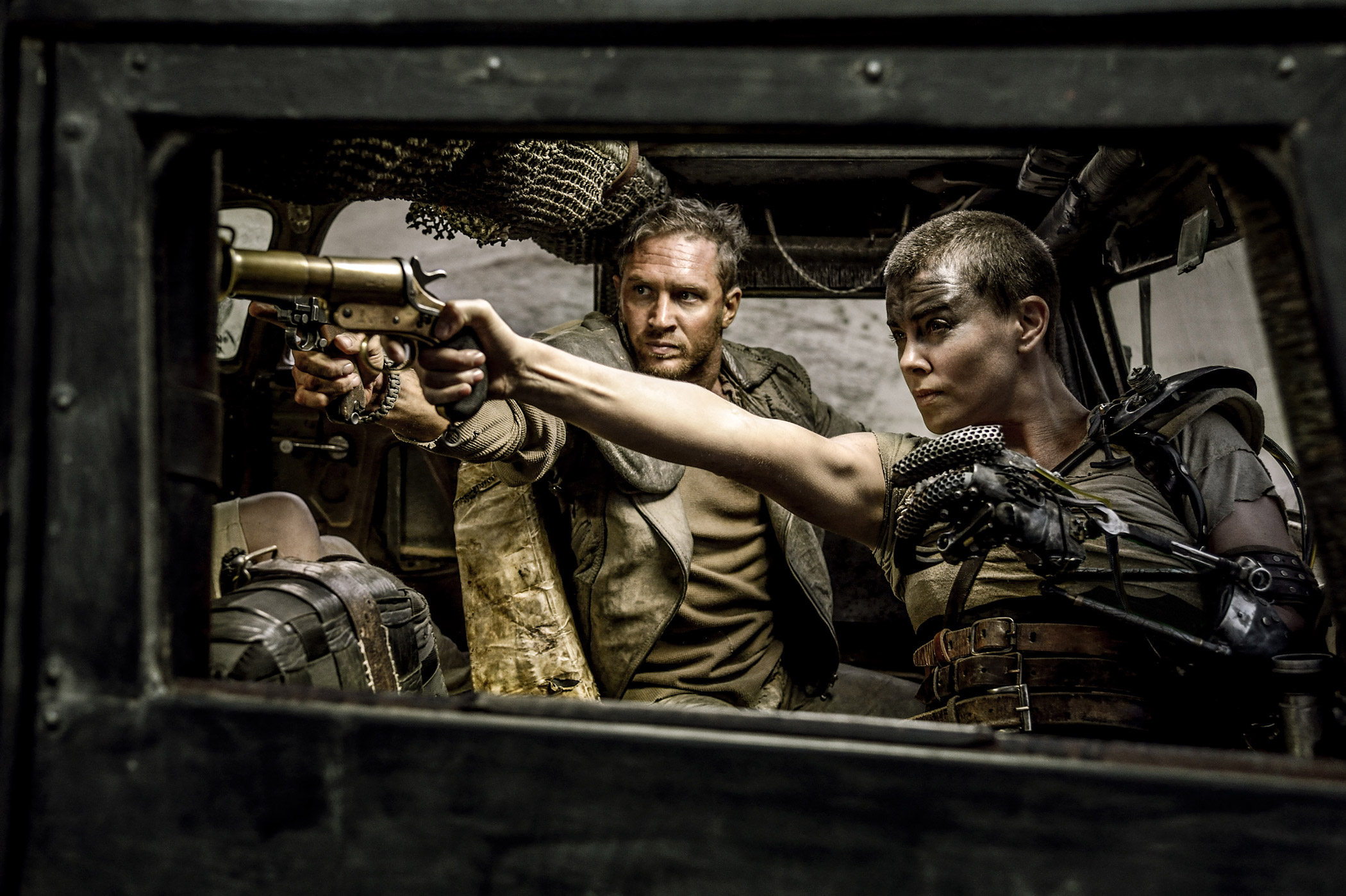
In a summer full of CGI dinosaurs and robots, Mad Max: Fury Road proves that action blockbusters can still be the sort of high art that gets a standing ovation at the prestigious Cannes Film Festival. Director George Miller not only perfected the form, building the rickety fire-shooting vehicles from scratch, but adds narrative heft, taking on serious issues like sex slavery in a nuanced way.
—Eliana Dockterman
It Follows
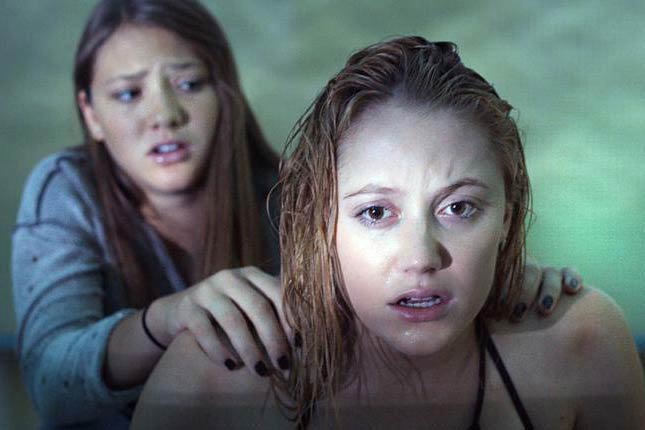
As a premise, “pretty teen girl running from certain doom” may not sound like the makings of an inventive horror film. Yet David Robert Mitchell’s indie sensibility makes the movie unlike any thriller you’ve seen before, while still paying homage to the best traditions of the form.
—Sarah Begley
Far From the Madding Crowd
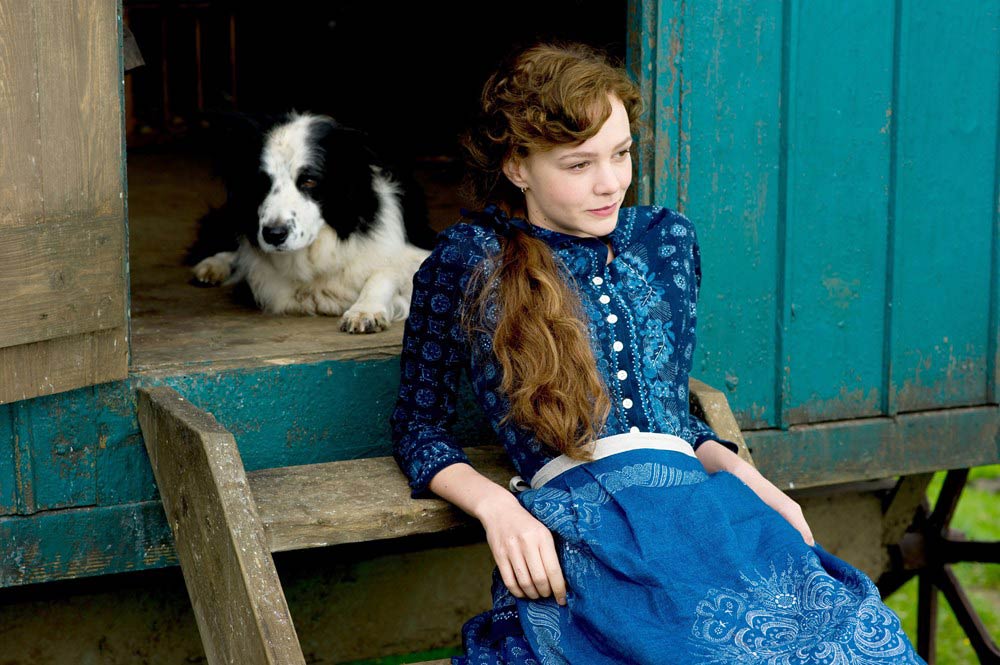
The new adaptation of Thomas Hardy’s novel appeals to the Pride and Prejudice set, but with more subtlety and sadness than most Austen films, plus a hearty heaping of rustic drudgery. Carey Mulligan’s gutsy Bathsheba gets swept off her feet like the best of her 19th century romantic peers, but without their usual histrionics—somewhere between Lean In and Wuthering Heights.
—Sarah Begley
Love & Mercy
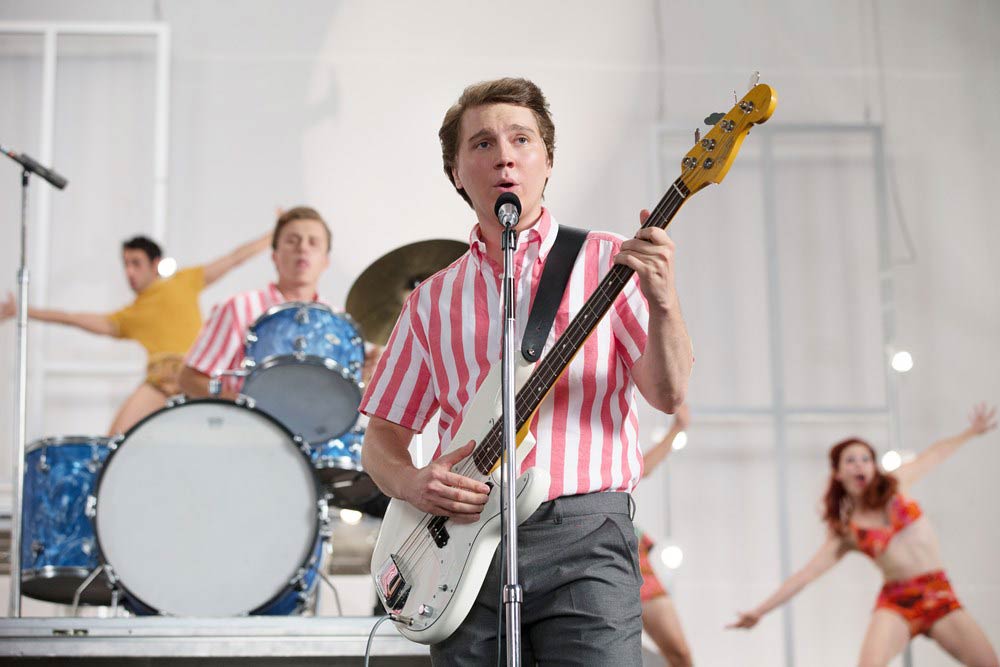
Paul Dano fulfills the promise of roles in Little Miss Sunshine and There Will Be Blood as a young Brian Wilson, the Beach Boy who’s going slowly mad while recording the group’s landmark album Pet Sounds. John Cusack shows us the older Wilson, now paralyzed by overmedication at the hands of a villain. It’s a gripping story of mental illness, which is sadly all too common, and true musical genius—which is extremely rare.
—Sarah Begley
MORE The Top 10 Best Movie Performances of 2015
Furious 7

Each Fast & Furious movie has gleefully attempted to outdo the previous one. Brought down a plane in the last movie? How about making cars fly out of one in the next? While Furious 7 doubled down on its self-consciously corny lines and over-the-top stunts—crashing cars through not one, not two, but three high rises—it also took a moment to give a surprisingly moving send off to star Paul Walker, who died in 2013. While he will be missed, this increasingly diverse franchise has a bright future.
—Eliana Dockterman
Ex Machina
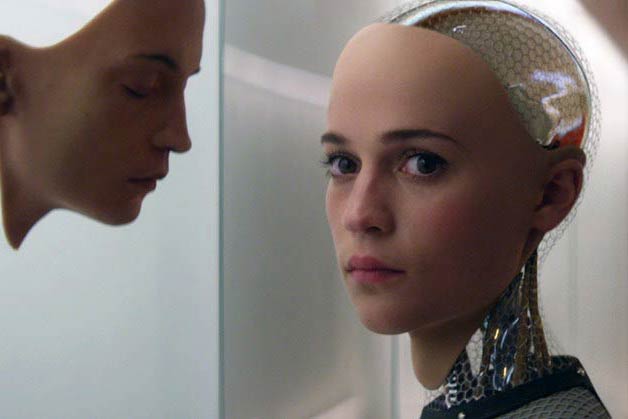
Alicia Vikander’s breakout year hinged on her spooky turn as a robot who may or may not have motives of her own. But this sci-fi thriller got its thrust from the creepy bond between the two men obsessed with Ava: tech billionaire Oscar Isaac and humble employee Domhnall Gleeson.
—Dan D’Addario
MORE The Top 10 Best Movies 0f 2015
Clouds of Sils Maria
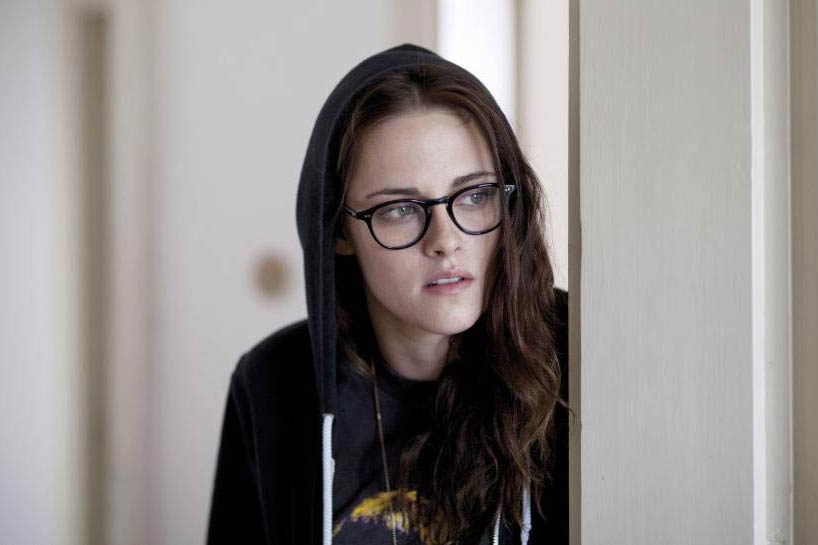
Freed from Twilight, Kristen Stewart showed flashes of both savage intelligence and newfound sensitivity as the personal assistant to Juliette Binoche’s pampered, neurotic actress. The film works as both insider moviemaking satire and an enigmatic tribute to intergenerational bonds between women.
—Dan D’Addario
Welcome to Me
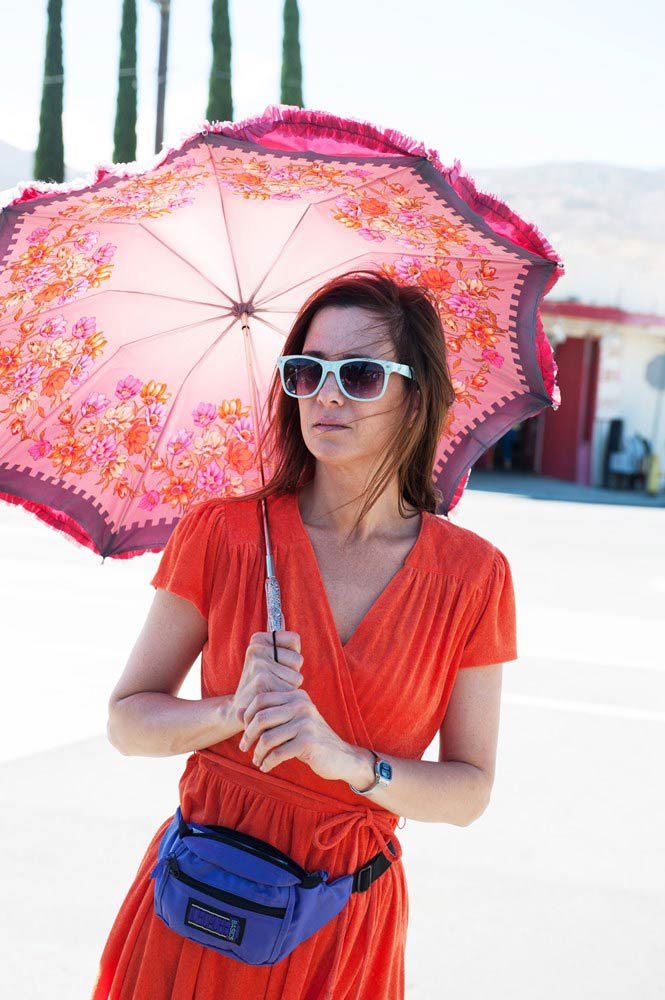
Kristen Wiig, at her best, has always had a far more barbed edge than her comedy contemporaries; there’s real bite, and pathos, to her most memorable characters. Add Alice Klieg to that pantheon. Wiig commits utterly to the story of an ill woman who spends her lottery winnings on a five-day-a-week talk show dedicated to praising herself and shaming her enemies. It works as comment on our media age, but soars as a portrait of suffering that only Wiig could make hilarious.
—Dan D’Addario
Dope
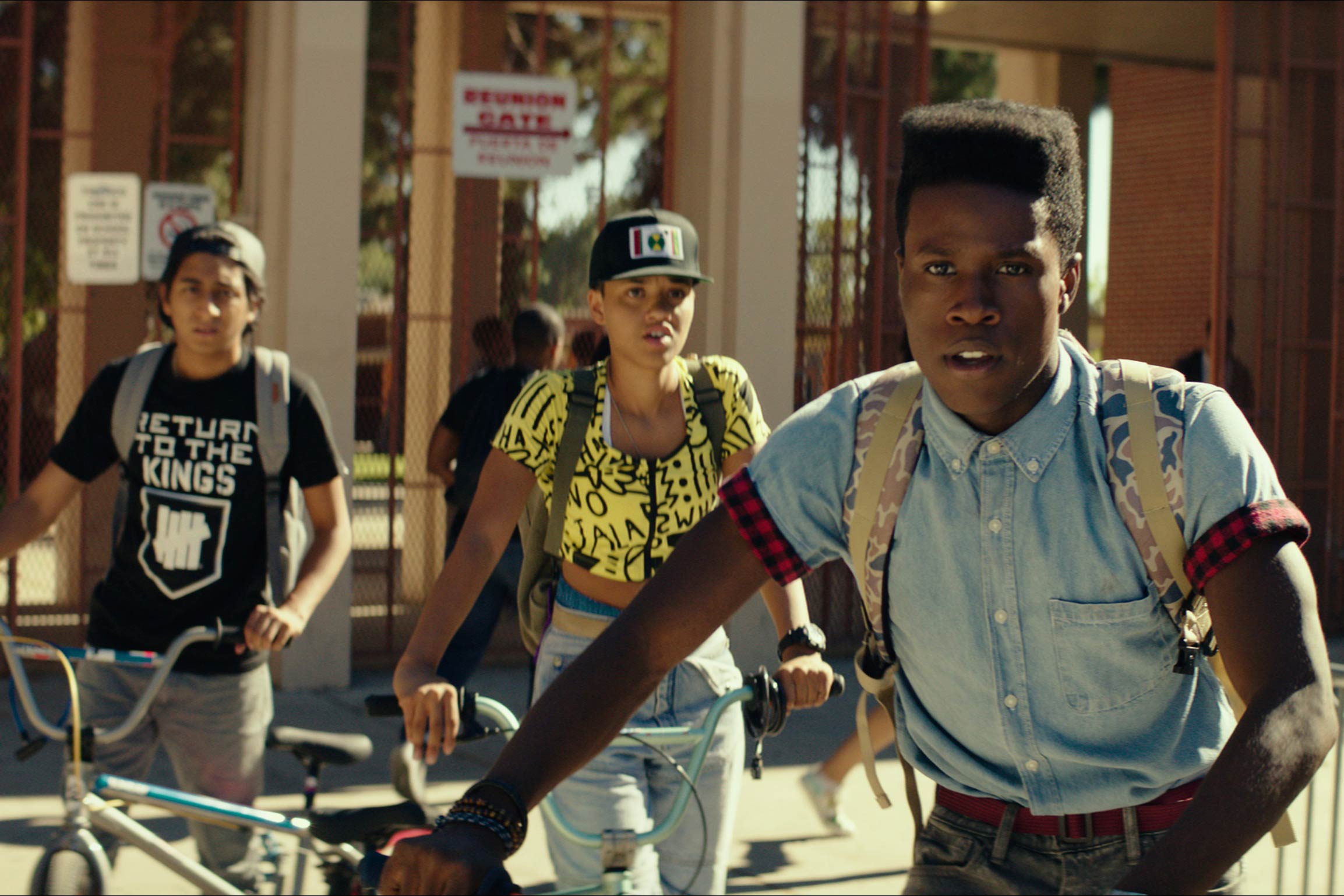
Writer-director Rick Famuyiwa’s tale about a nerdy black teen obsessed with ’90s hip hop culture rejects the trappings the typical coming-of-age flick, starting with its setting: Inglewood, Calif., otherwise known as “The Bottoms.” Newcomer Shameik Moore’s portrayal of Malcolm, who’s stuck between his ambition for a spot at Harvard and the whac-a-mole of obstacles that keep popping up to thwart him, thrusts the rising star into the well-deserved spotlight.
—Eliza Berman
Me and Earl and the Dying Girl
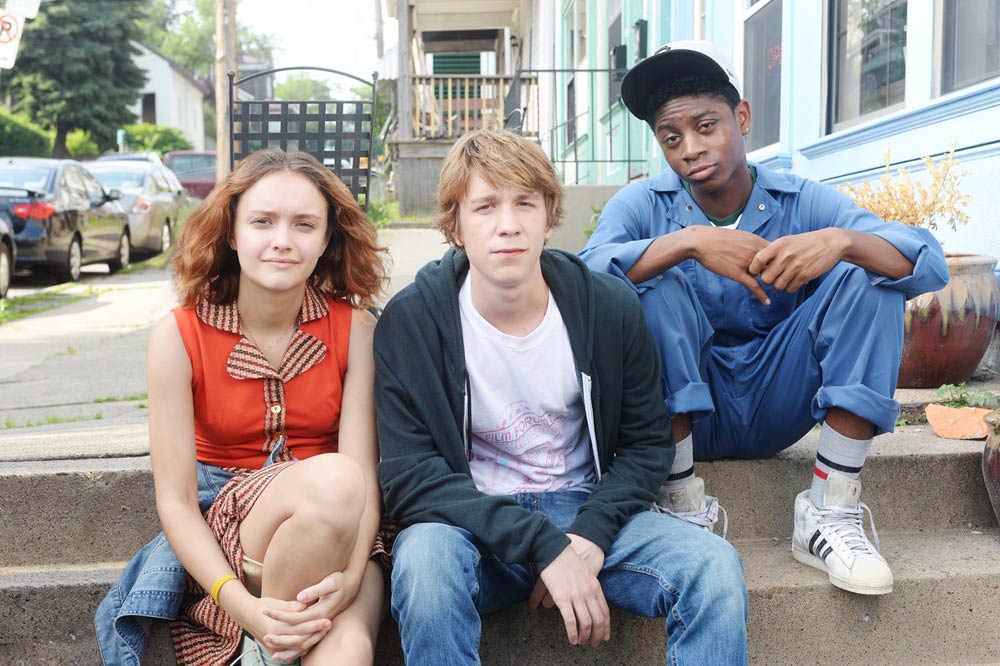
Director Alfonso Gomez-Rejon’s adaptation of Jesse Andrews’ young adult novel is a love letter to his late father and a tribute to the cinema greats who professionally reared him—and the movie’s labor-of-love origins are felt throughout. Though its plot, in which a high school senior is forced by his parents to befriend a classmate with leukemia, begs comparisons to The Fault in Our Stars, the movie defies categorization as a typical teen cancer rom-com by keeping its quirky protagonists in the realm of friendship.
—Eliza Berman
The Boy Next Door

No, you didn’t stumble onto the list of worst movies so far, and no, this wasn’t included to make a larger point about how The Boy Next Door is the rare thriller that lets a middle-aged heroine objectify a dude for a change. (In that way, it’s basically the “I Luh Ya Papi” video of thrillers.) The Boy Next Door gets its due here because the cheap twists and unintentionally laugh-out-loud dialogue (first edition of The Iliad, anyone?) made for one of the most deliriously fun theater-going experiences of 2015.
—Nolan Feeney
LIST: The All-TIME 100 Movies
More Must-Reads from TIME
- Cybersecurity Experts Are Sounding the Alarm on DOGE
- Meet the 2025 Women of the Year
- The Harsh Truth About Disability Inclusion
- Why Do More Young Adults Have Cancer?
- Colman Domingo Leads With Radical Love
- How to Get Better at Doing Things Alone
- Michelle Zauner Stares Down the Darkness
Contact us at letters@time.com